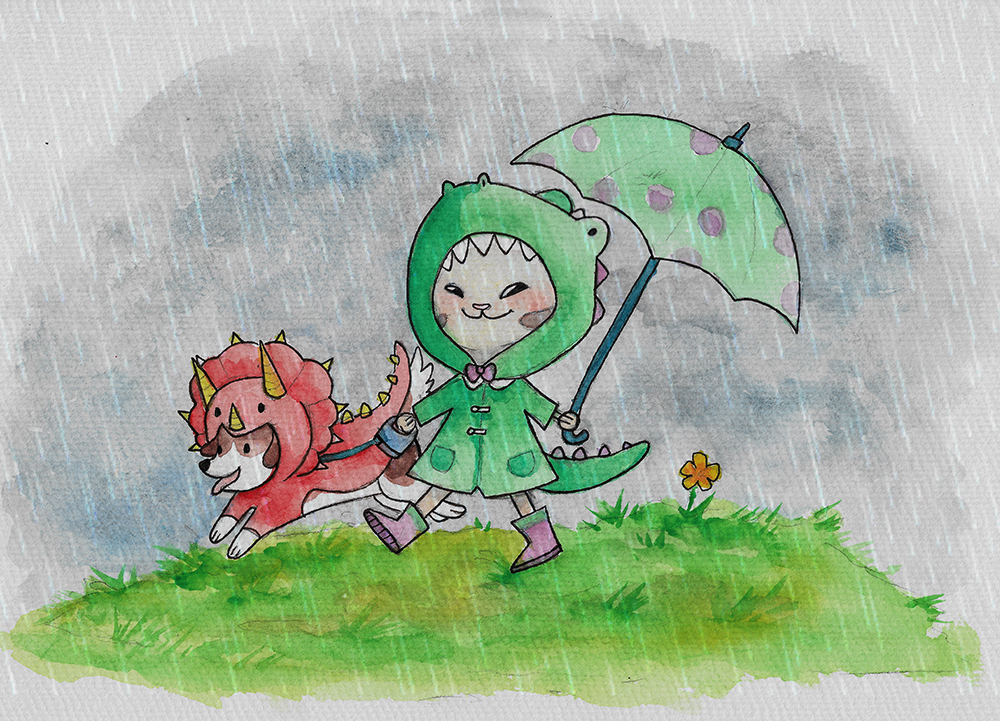
Remap is what Waypoint turned into. Waypoint was a video game vertical/section through Vice Media. It was Patrick Klepek, Rob Zacny, Ricardo Contreras, Renata Price, and Austin Walker at one point. Klepek, Zacny, & Contreras started Remap to carry on their brand of video game analysis (very thoughtful, far-left leaning, and often times focusing on smaller and older games).
Between this and Remap continuing with essays & journalism... I am one happy dude. I'm hopeful that there is still a space for writing in the video game area.
It seems to me to be a massive ad $ play. The place is flooded with brands and celebrities. Plus, Adam Mosseri stated that Threads isn’t trying for hard news or anything “angry.” It’s just a soft, bland spot to soak up more $$$
https://www.threads.net/t/CuZ3LjhNl0m/?igshid=MzRlODBiNWFlZA==
Four animators say unsustainable working conditions are behind the success of Spider-Man: Across the Spider-Verse.

If you ever wondered why very few animated movies look as good as Across the Spider-Verse...
From the article: >According to people who worked on the sequel, Across the Spider-Verse, it’s because the working conditions required to produce such artistry are not sustainable. Multiple Across the Spider-Verse crew members — ranging from artists to production executives who have worked anywhere from five to a dozen years in the animation business — describe the process of making the the $150 million Sony project as uniquely arduous, involving a relentless kind of revisionism that compelled approximately 100 artists to flee the movie before its completion. Four of these crew members agreed to speak pseudonymously about the sprint to finish the movie three years into the sequel’s development and production, a period whose franticness they attribute to Lord’s management style — in particular, his seeming inability to conceptualize 3-D animation during the early planning stages and his preference to edit fully rendered work instead.